Roses: Ultimate Flower Guide
It comes as no surprise that roses are the world’s favorite flower. Not only are they beautiful to look at, roses are full of meaning and have been used throughout history as a symbol of both love and war. You’ll already be familiar with the gift of red roses on Valentine’s Day, but did you know that the number of red roses means something too? Our guide reveals this and so many more hidden gems about the rose.
Rose Meaning
As you may know the most common meaning for roses is that of love and romance, but there are a few lesser known meanings too:
Historically, roses meant secrecy and confidentiality. In ancient times, the Romans would hang roses from the ceiling as a sign that anything said (usually under the influence of wine) was to remain secret. This act lead to the latin term ‘sub rosa’ meaning ‘under the rose’.
Roses are used on four different tarot cards; on the fool card a white rose stands for purity and advises to cleanse the mind, the rose on the magician card signifies unfolding wisdom, the rose on the strength card shows balance, and on the death card is a symbol of clarity, purity and transparency of intent.
Mythological Meaning
In Ancient Greece, there was a deceptive union between King Theias and his daughter Myrrha which led to the birth of Adonis. When the King realised his daughter had deceived him, he chased her brandishing his sword. Seeing his rage, Aphrodite turned Myrrha into a tree to protect her.
The King shot the tree with an arrow causing it to split in half, and from this Adonis was born. Aphrodite loved Adonis like a son, and he grew to become a skilled hunter. One day, he came across a wild boar which was Ares - a past lover of Aphrodite in disguise - and was attacked. Aphrodite ran to his side after hearing his screams but it was too late, Adonis was dying. The blood that ran from his wounds turned to roses as it hit the ground.
Roses Symbolism
Rose meanings change depending on the colour, and red roses change their meaning depending on the amount given. We’ve listed the various meanings below:
Orange Roses
Purple Roses
Meaning behind each number of Roses
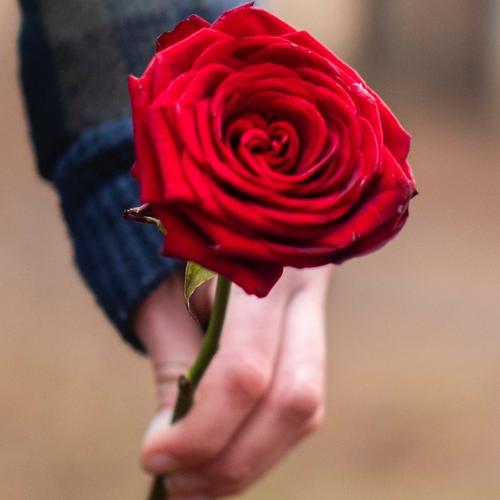
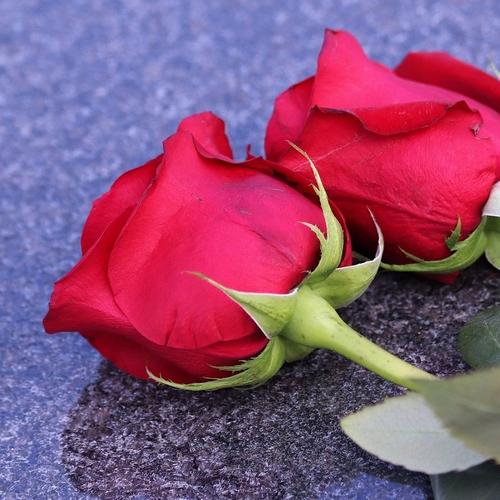
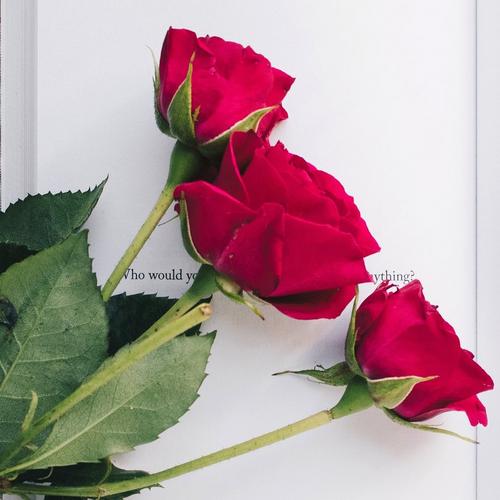

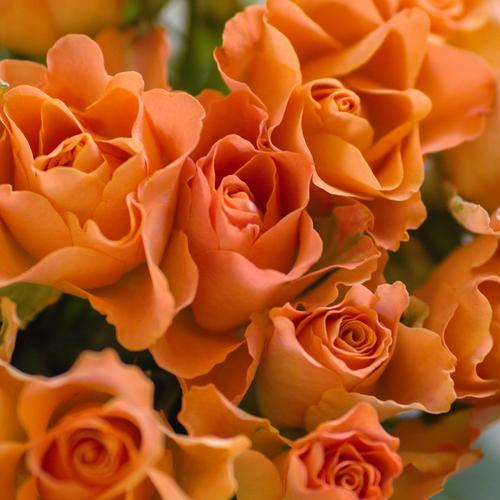
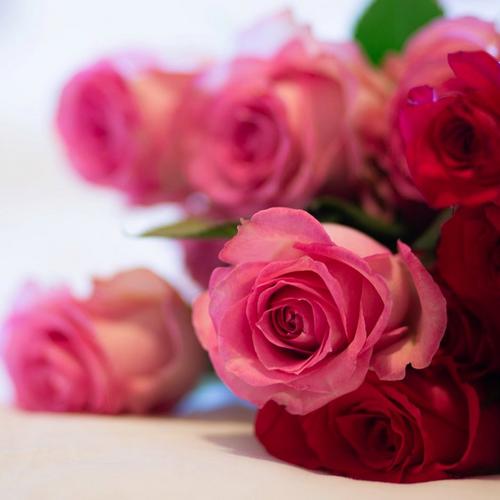
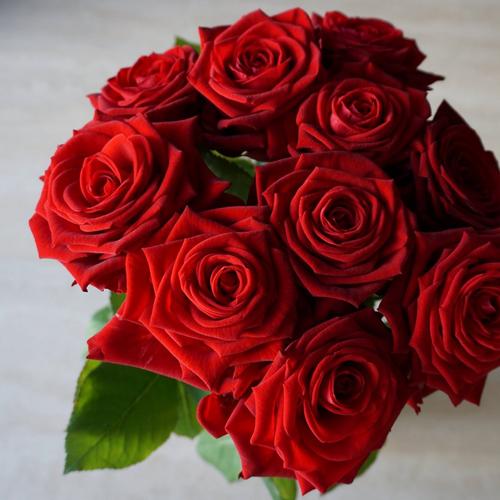
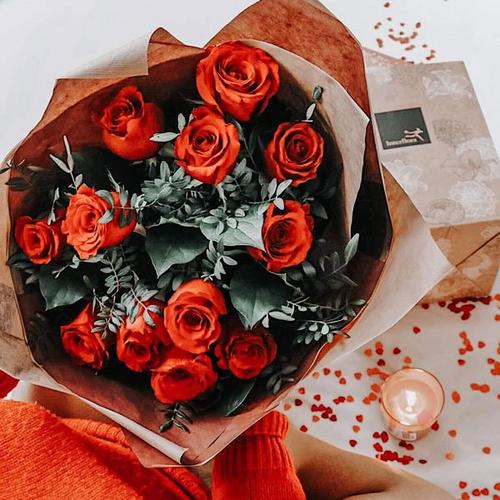
Rose Facts
-
Roses are England’s national flower. In the 1400s there was a war between the houses of Lancaster (represented by the red rose) and York (represented by a white rose) which is famously known as the War of the Roses. After his victory, Henry VII merged the two roses to create the Tudor rose - the rose of England.
-
The scientific name for a rose is rosa and they are part of the rosaceae family.
-
Roses were originally native to China but are now grown all over the world.
-
A rose fossil found in Colorado was dated as being 35 million years old.
-
Roses don’t have thorns, they have prickles - that’s the botanical term for the sharp growths formed from the stem.
Types of Roses
Old Garden Roses
-
Alba roses
-
Bourbon roses
-
Centifolia roses
-
China roses
-
Gallica roses
-
Damask roses
-
Hybrid musk roses
-
Noisette roses
-
Moss roses
-
Tea roses
-
Portland roses
-
Hybrid rugosa roses
-
Hybrid perpetual roses
Modern Garden Roses
-
Climbing roses
-
David Austin roses
-
Floribunda roses
-
Groundcover roses
-
Grandiflora roses
-
Hybrid tea roses
-
Rambler roses
-
Polyantha roses
-
Miniature roses
-
Shrub roses
Species Roses
Species roses are also called wild roses. They are natural and not hybridized. They are very hardy and can grow to be quite large. Some wild rose fossils date back over 30-40 million years. Common species roses are:
-
Rosa Moyesii
-
Rosa Multiflora
-
Rosa Woodsii
-
Rosa Canina
-
Rosa Carolina
Tips for Growing & Caring for Roses
Rose Care Tips
Knowing how to care for your roses will help them last much longer. Here’s how to look after yours:
-
Roses have a vase life of around 7-14 days. Prepare your roses by diagonally trimming the stems by a few centimeters.
-
Remove any leaves that will fall below the water line. This will reduce the build up of bacteria in the water and keep your roses fresher for longer.
-
Make sure your vase is clean and free of bacteria by washing it with soapy water before use.
-
Fill your vase â…” full with fresh water and add the flower food (follow the directions on the packet).
-
Keep the vase topped up with water daily and remove any foliage touching the water.
-
Change the water and re-trim the stems every few days to maximise vase life.
Note - Remove any guard petals that may have been left on your roses to protect them.
Style tip - If you’ve received a hand-tied bouquet leave the tie in place to hold the shape of the design.
How to plant roses
1. Find a spot with plenty of sunlight
2. Don’t plant too close to other flowers to reduce competition
3. Avoid exposed, windy areas
4. Put your shrub root into water for 30 mins prior to planting to hydrate
5. Loosen the soil and dig a hole 40 cm wide and 60 cm deep
6. Break up the soil at the bottom of the hole so the roots can burrow
7. Add rotted manure
8. Add your shrub root to the hole and spread the roots out
9. Fill the hole around the roots with the soil you dug out earlier
10. Pat the soil around the rose to keep it in place
11. Water generously
When do roses bloom?
Roses planted in late autumn to early spring will flower the following year in summer and autumn.
How to take rose cuttings / propagate roses
1. Choose a healthy shoot that has grown this year, has just flowered and is about to be deadheaded.
2. Remove any growth at the tip.
3. The cutting should measure roughly 6-8 inches (15-20 cm) from the base along the stem.
4. Place your cuttings in water as soon as you’ve taken them from the shrub.
5. Find a good spot to plant your cutting (see the how to plant roses section).
6. Remove any leaves from the half of the cutting that will be under the soil.
7. Cut a small slit on one or two sides of the lower half of the cutting and dip into rooting powder.
8. Make a small hole (ideally with a pencil) for the lower half of the cutting to be planted in.
9. Place a jar over your newly planted cutting to create a tiny greenhouse. Make sure the soil around your cutting is always moist.
10. Once the cutting has taken root you can remove the jar and water as normal.
11. Take care to protect your new rose from any cold snaps.
When to take rose cuttings
If you want to try propagating a rose you should take hardwood cuttings in autumn, or semi-ripe cuttings in late summer.
Tips for feeding roses
Know when to feed roses can be a bit tricky. Ideally you need to feed them quite often because they are hungry plants. The best thing to do is sprinkle rose fertiliser on them in the spring then mulch with rotted manure straight after. Keep the mulch away from the stems.
If you have roses in pots, feed them with liquid fertiliser every two weeks from mid-spring until you see buds. Then continue feeding with tomato fertiliser.
When to prune standard roses
You should prune between February and March just as the shrub is starting to come to life. If your rose bush has only has only flowered for one season you only need to lightly prune. After two seasons you still want to be gentle and only cut back stems by a third. When you reach your third season, you can size and shape your shrub and cut back more than in other years.
How to get rid of greenfly on standard roses
A completely organic way to get rid of greenfly is to:
1. Start by cutting off any curled or distorted leaves and flowers. Greenflies might be hiding within them so there’s no point trying to rescue them.
2. Grab a hose pipe with a spray nozzle and use a strong spray to blast the greenfly off your roses in the morning. This will allow your roses to dry out by night fall and reduce the chances of a fungal disease developing.
3. Repeat this each morning if the greenfly return to keep them at bay - at least you’re watering your roses at the same time.



%20(1).jpg?$poi-square$&fmt=auto&qlt=default&fmt.jp2.qlt=60&bg=rgb%28254%2C+204%2C+167%29&w=960&aspect=16%3A9)

